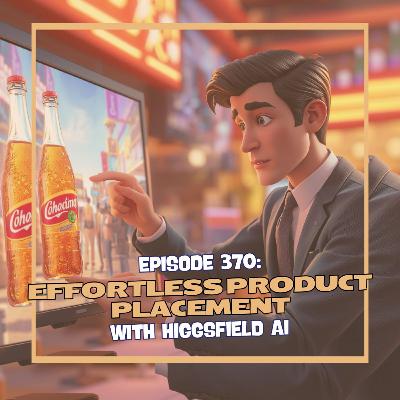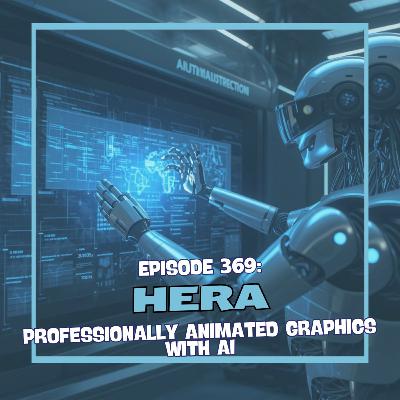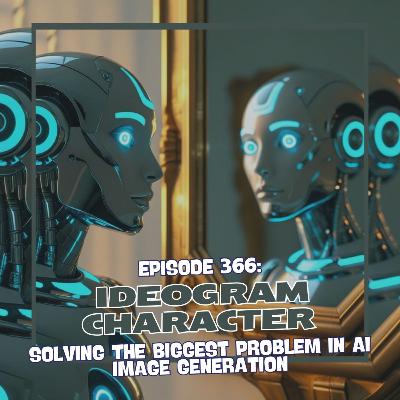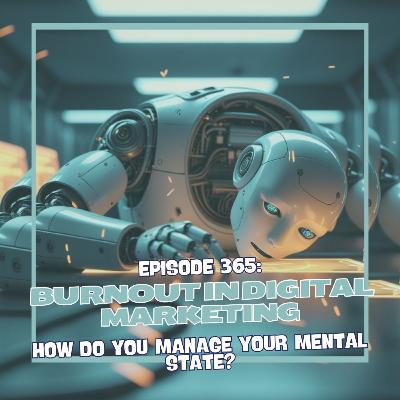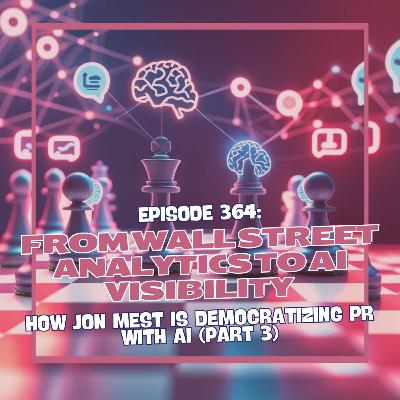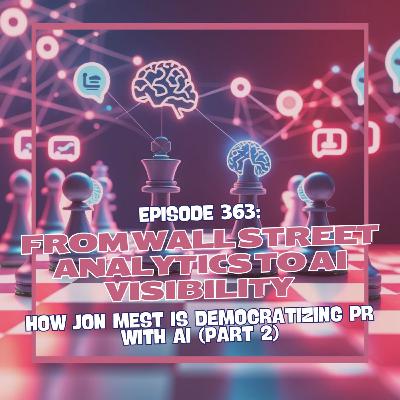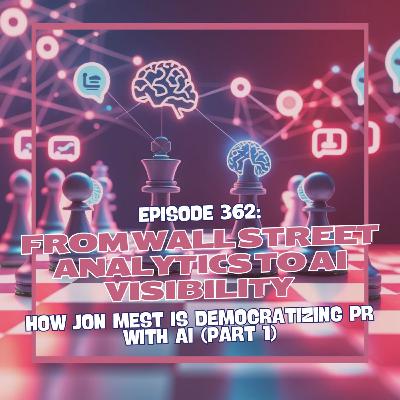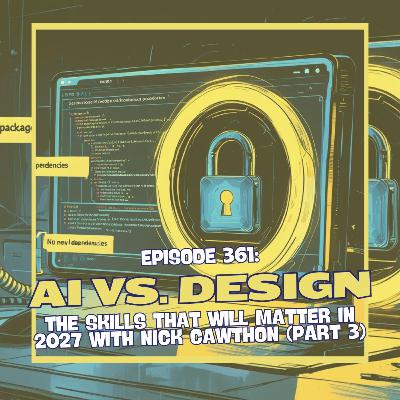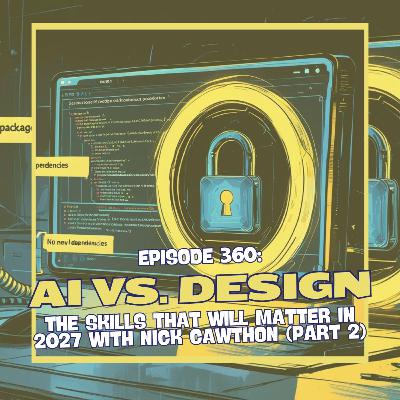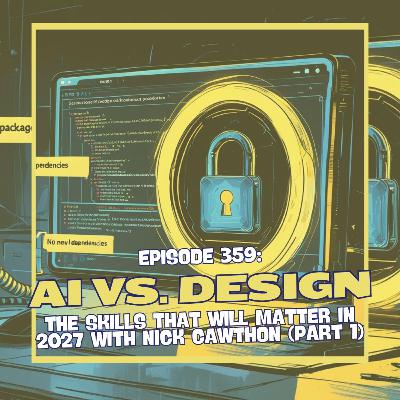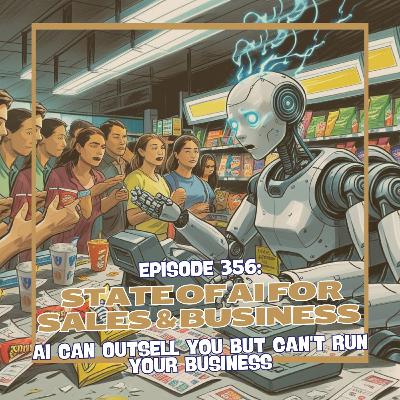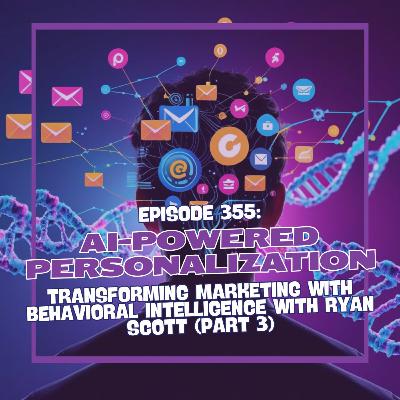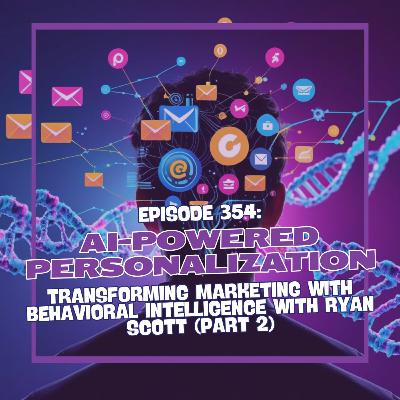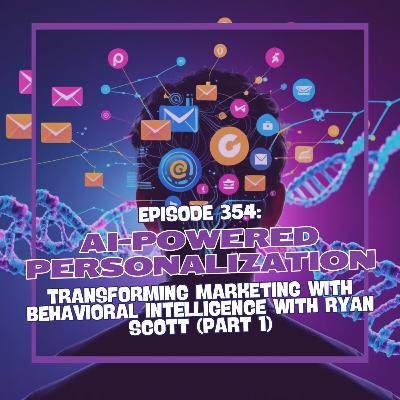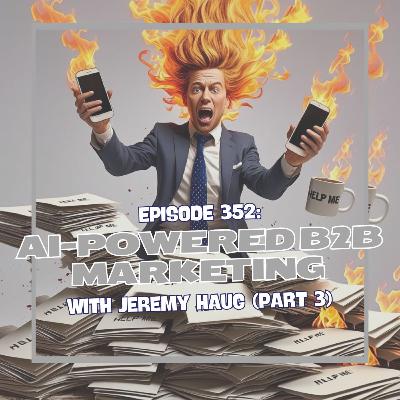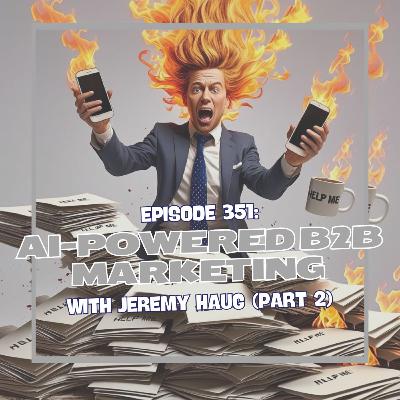Episode 358: Outbound AI Phone Calls - Build an AI Phone Call Agent with Bland.ai and Claude
Description
In this episode, we explore how to combine Bland.ai's outbound AI phone calling capabilities with Claude AI to build comprehensive conversational phone agents that can handle complex customer interactions through intelligent node-based pathways.
KeywordsBland.ai, Claude AI, AI Phone Calling, Conversational Pathways, Phone Agent Automation, AI Customer Support, Outbound Calling, Claude Projects, Voice AI, Phone Automation, Customer Service AI, Sales Phone Agents, Conversational AI, Phone Call Logic, AI Voice Agents
Key Takeaways
Claude Projects Foundation
- Create dedicated Claude Projects with comprehensive business context
- Upload discovery interview transcripts from client meetings
- Include deep industry research documents and business plans
- Build knowledge base with proprietary documents and context
- Organize projects by business/client for maximum contextual accuracy
- Let Claude develop project instructions to become industry expert
Conversational Pathway Development
- Use Claude to generate initial use cases for phone calling agents
- Prompt Claude to create node-based conversational pathways from scratch
- Initial output typically produces 60+ conversation nodes with multiple branches
- Request simplification to 50% less complexity for manageable implementation
- Transform verbatim scripts into flexible directives for agent adaptability
- Connect logical branches between nodes for natural conversation flow
Bland.ai Implementation Process
- Choose between generating from use case or building from scratch
- Build pathways node by node using Claude's structured output
- Connect conversation branches and logical pathways systematically
- Add knowledge bases for information not covered in pathways
- Configure custom voices and pronunciation guides
- Set up variables, metadata, and call configuration options
Advanced Features and Functionality
- Multiple node types: default, large text, transfer call, knowledge base
- Human transfer capabilities for complex inquiries
- Custom voice integration including personal voice cloning
- Voicemail handling and call tracking options
- Staging and production environments for testing
- Web hooks for integration with other applications
Testing and Optimization
- Chat mode testing to validate conversation flow
- Live phone testing with actual calls (note: can't call signup number)
- Challenge agent with difficult questions during testing
- Iterative refinement of responses and pathways
- Gradual intelligence building through Claude-enhanced details
Time and Efficiency Benefits
- Reduced development time from "multiple days" to 1-2 hours
- Eliminated need for manual pathway planning and logic mapping
- Automated conversation flow generation with contextual accuracy
- Streamlined testing and deployment process
- Significant cost savings versus manual development
Live Demo Results
- Successfully handled customer support scenario
- Demonstrated natural conversation flow and problem identification
- Smooth human transfer when requested
- Professional tone maintenance throughout interaction
- Effective information gathering and issue resolution approach
Strategic Implementation Tips
- Start with simpler pathways before building complex ones
- Use general directives rather than verbatim scripts for flexibility
- Create comprehensive knowledge bases for edge cases
- Test thoroughly before production deployment
- Organize pathways logically for easier management and updates
Technical Considerations
- Staging vs production environment management
- Custom voice setup and pronunciation guides
- Call configuration options and tracking settings
- Integration capabilities with existing business systems
- Scalability planning for multiple business applications
This episode demonstrates how combining Claude's contextual intelligence with Bland.ai's phone calling infrastructure creates a powerful system for automating customer interactions while maintaining quality and professionalism that would traditionally require significant manual development time and expertise.


